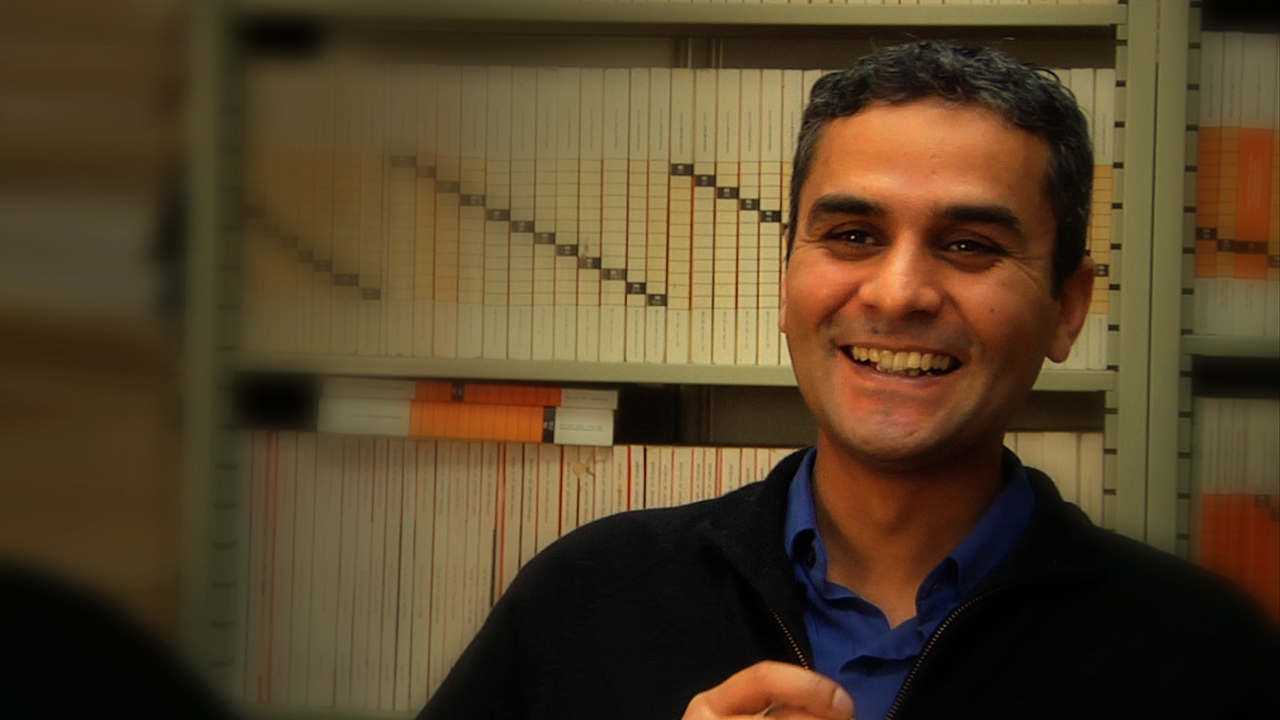 An engineering professor’s plan to introduce ferroelectrics into the organic layers used to fabricate polymer solar cells may be the ingredient that could make the technology available to consumers in the very near future.
An engineering professor’s plan to introduce ferroelectrics into the organic layers used to fabricate polymer solar cells may be the ingredient that could make the technology available to consumers in the very near future.
Assistant Professor of Electrical and Computer Engineering Sumit Chaudhary says ferroelectric materials, which act like dipoles with a positive and negative charge, can make the electronic phenomena in organic solar cells more favorable to improved energy conversion. Chaudhary will be exploring this new approach with a $400,000 National Science Foundation (NSF) CAREER award for the project “Utilizing Ferroelectrics for Multifaceted Device Engineering of Polymer Solar Cells.”
The project continues Chaudhary’s effort to increase the efficiency of solar cells and improve the technology for widespread applications. In the short-term, he’s hoping to improve the efficiency of the cells from 5 percent to close to 10 percent, which would be useful in charging small electronic devices.
“When solar cells absorb light, electrons gain energy. Some of these electrons are extracted outside as electric current, but some of them jump back to the now-empty lower energy states (called holes), and are lost,” he explained. “Using ferroelectrics would create an internal way to help break the strong attraction between the electrons and holes, leading to extraction of more electrons, and hence, improved solar-electric conversion efficiency.”
Ferroelectrics in solar cells can also create an electric field that can help transport the electrons to an output as well as increase flexibility in the material used for a solar cell’s electrodes. “If dipoles are put at the electrode and organic interface, they can shift energy levels so that even cheaper, non-ideal electrodes become suitable to extract current out from the solar cell.”
Chaudhary’s research group will integrate the materials in two different ways—as multiple layers of dipoles between organic interfaces and as a single layer when mixed in the organic phase—to determine the best method for fabricating the cells.
He says the materials processing aspect of the project will be the greatest challenge because the solvent that dissolves the organics of the solar cells doesn’t usually dissolve the dipole. “We have to evaluate a huge solvent space and force two resistant elements together while also ensuring we utilize all of the advantages the ferroelectrics provide.”
An associated benefit of this project is that it can initiate new paradigms of hybrid devices to harvest energy from multiple sources, including photovoltaic, piezoelectric, and pyroelectric approaches.
The project is highly multidisciplinary and offers graduate students working with Chaudhary an experience that will help in their future careers. Undergraduate students are also working with the group and are mentored by the graduate students.
“We will also reach out to K-12 students through the Toying with Technology program,” Chaudhary said. “Current and future teachers participate in the workshops and learn about scientific experiments that they can take to schools and disseminate to the students.”
The group also plans to participate in museum exhibits with the Science Center of Iowa to reach the public and inspire students to pursue a career in science and technology.